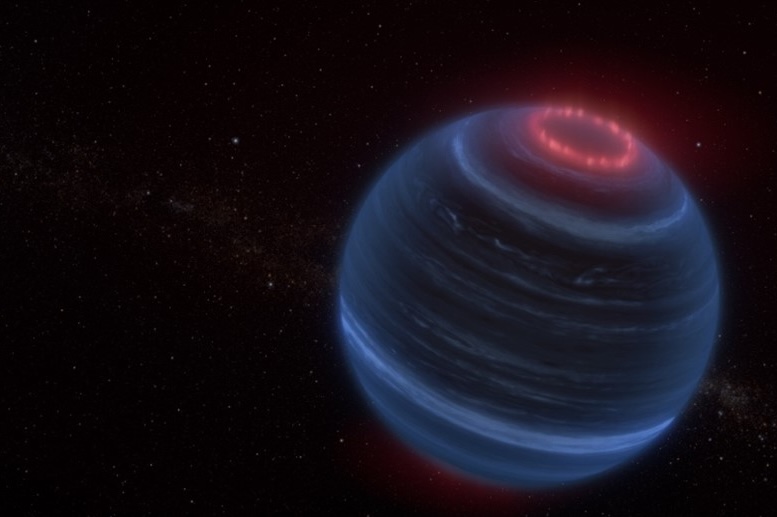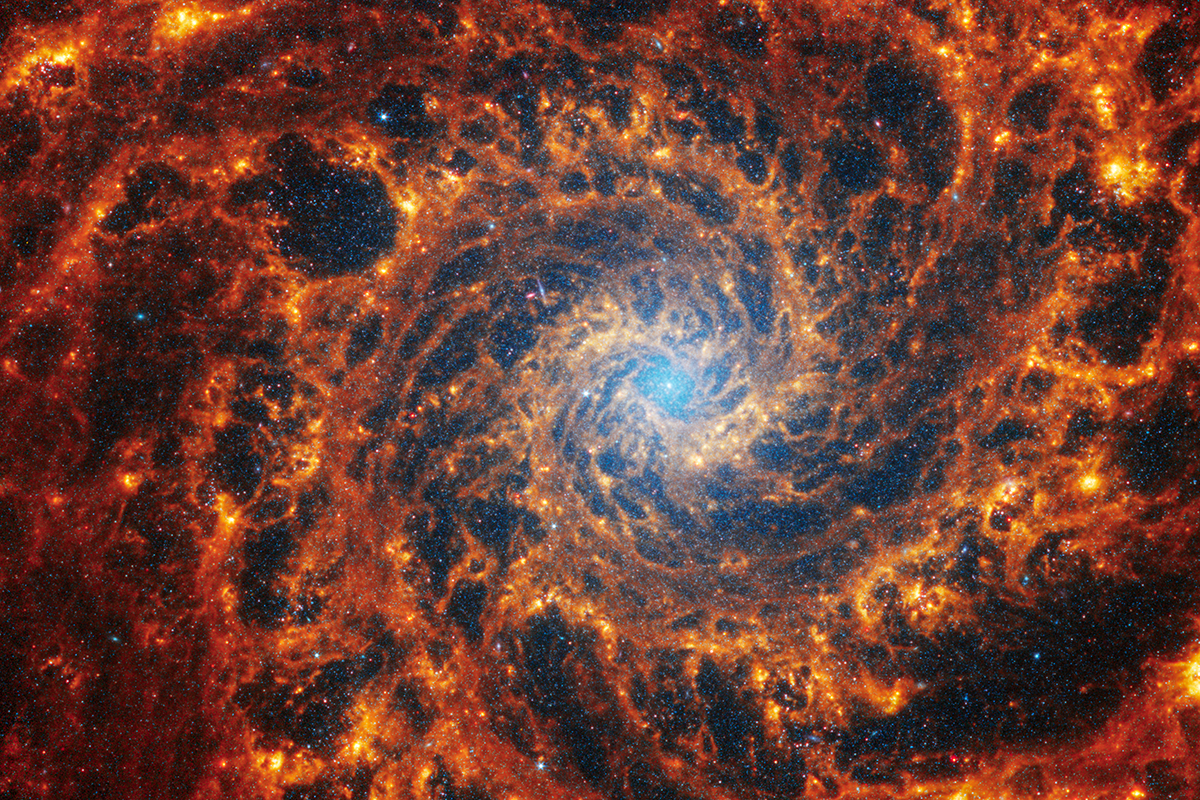Caroline Morley Receives Annie Jump Cannon Award
The American Astronomical Society (AAS) selected Morley for outstanding research and promise for future research.

Caroline Morley is an assistant professor in the UT Austin Department of Astronomy. (Credit: Caroline Morley)
The American Astronomical Society (AAS) has awarded Caroline Morley, assistant professor of astronomy at The University of Texas at Austin, its 2020 Annie Jump Cannon Award in Astronomy for outstanding research and promise for future research by a postdoctoral woman researcher within five years of earning her Ph.D.
“I'm honored to be recognized by the AAS for my work on exoplanets!," Morley said. "I'm very excited to continue building my research group at UT Austin in the coming years, as new telescopes like the James Webb Space Telescope and the Giant Magellan Telescope allow us to dramatically increase our understanding of these planets."
In announcing the prize, the AAS cited Morley's innovative work on modeling the atmospheres of extrasolar planets and brown dwarfs.
"She has advanced our understanding of clouds and photochemical hazes and the role they play in observations of transmission and emission spectra," the organization wrote. "Her work has paved the way for the robust detection of water and other molecules in exoplanet atmospheres."
Morley will deliver a prize lecture at the January 2021 meeting of the AAS in Phoenix.
Established in 1899 and based in Washington, DC, the American Astronomical Society is the major organization of professional astronomers in North America. Its membership of about 7,500 individuals also includes physicists, mathematicians, geologists, engineers, and others whose research and educational interests lie within the broad spectrum of subjects now comprising contemporary astronomy. The mission of the AAS is to enhance and share humanity's scientific understanding of the universe.



